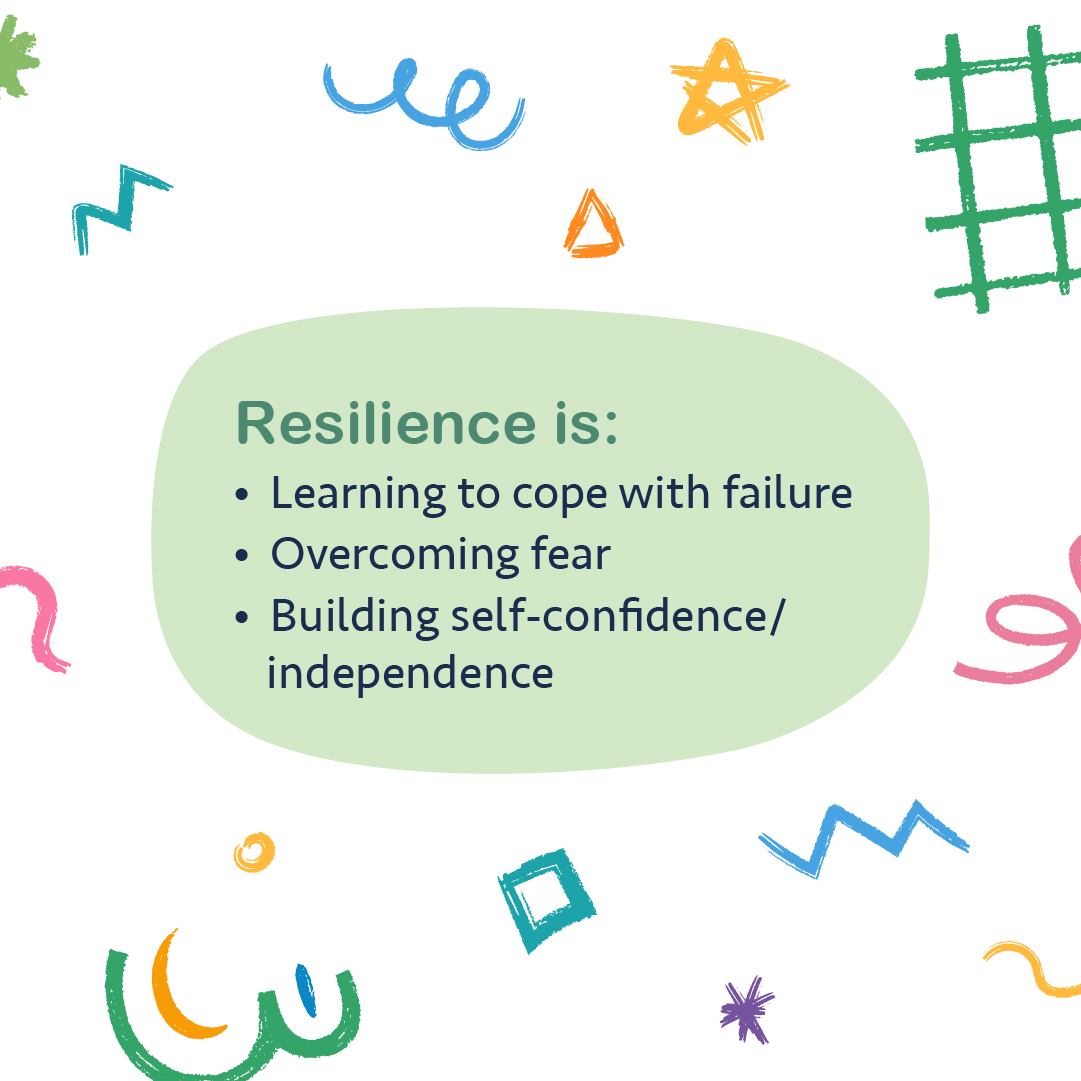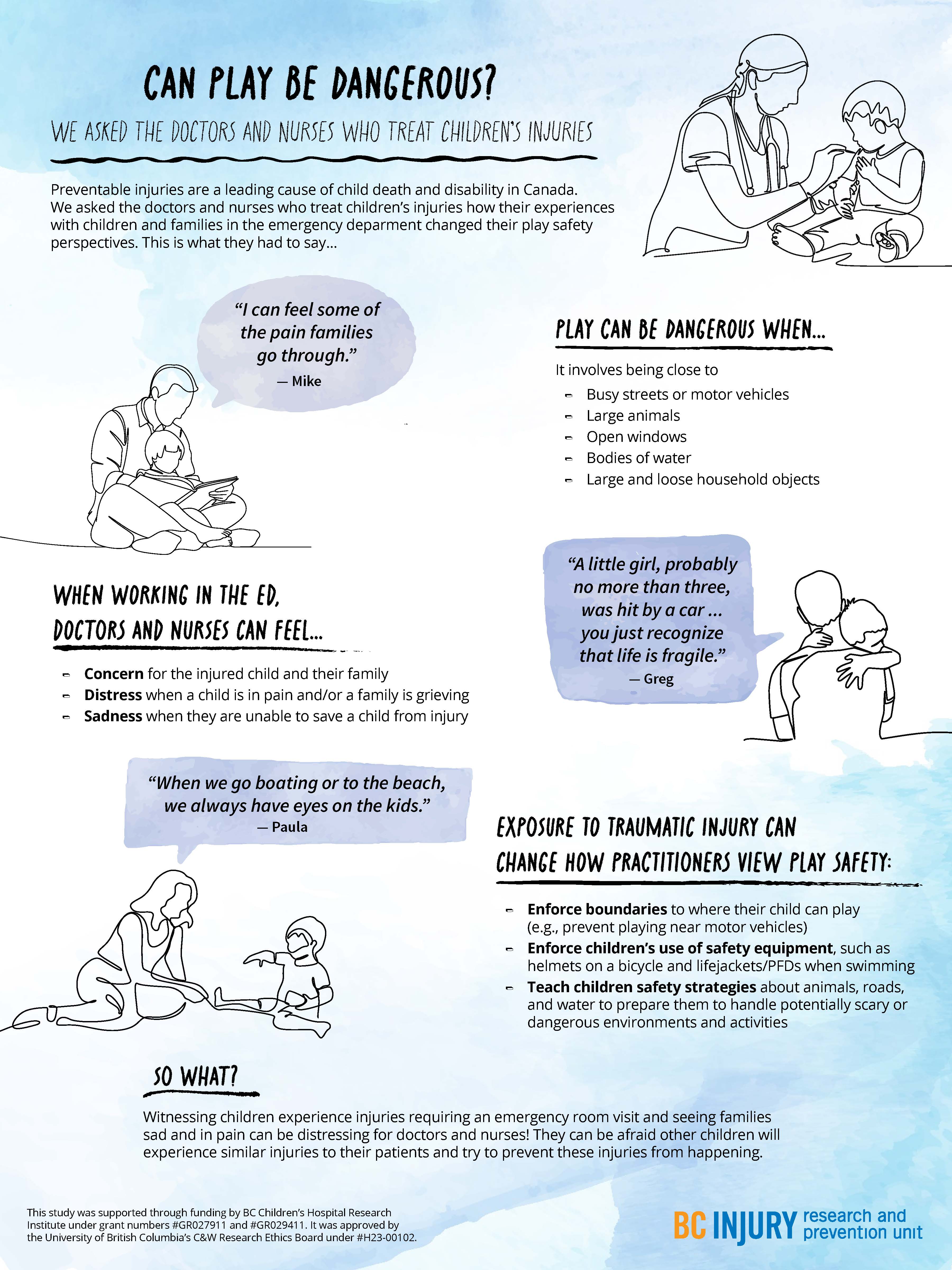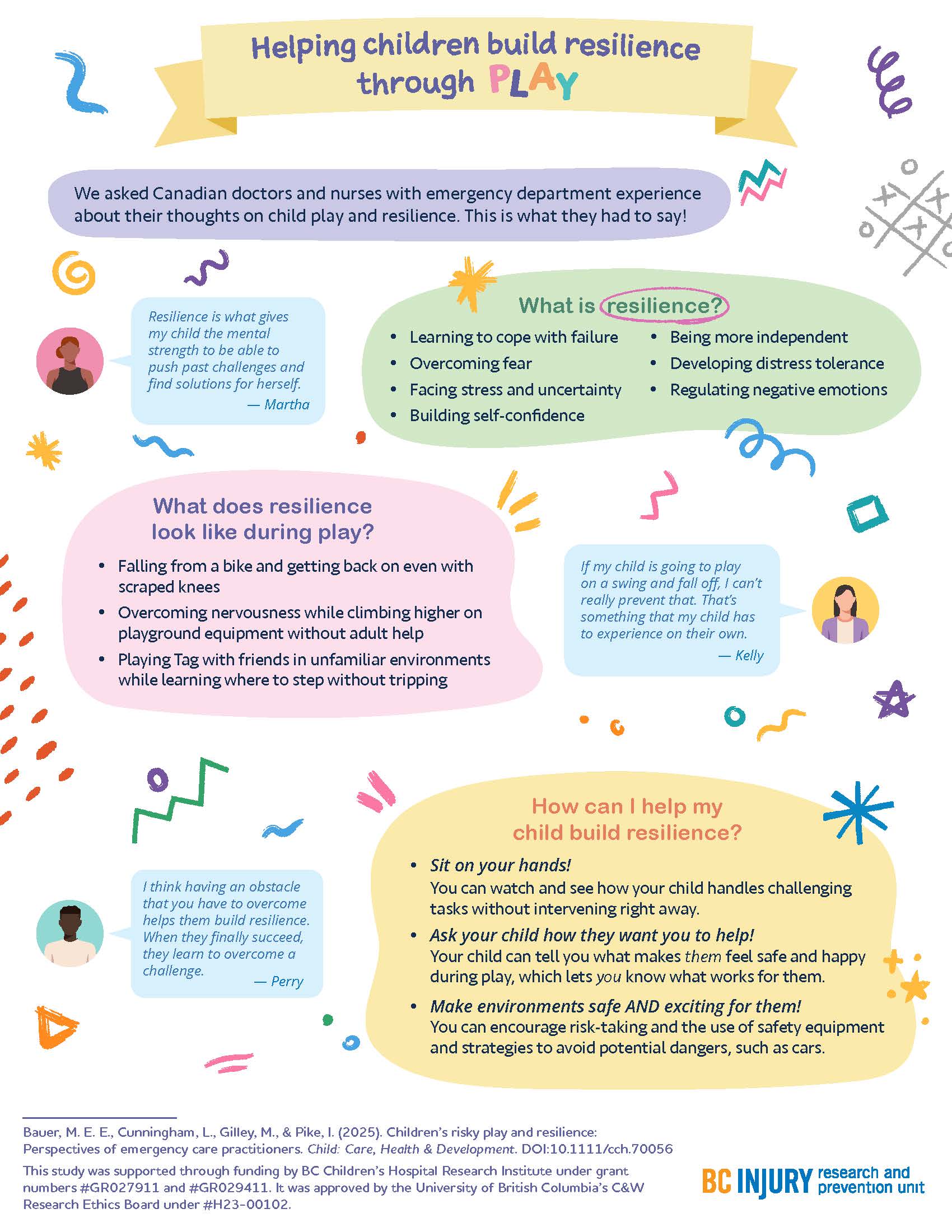Are we doing a good job keeping children safe?

A new website is available that shows injury rates by type and province in the style of a report card, an approach that allows visitors to see where evidence-based prevention policies have succeeded, and where more work needs to be done.
British Columbia, for example, scores high for enacting injury prevention policies related to distracted driving, helmets, and booster seats, but low when it comes to smoke detectors and pedestrian safety. BC achieved the top overall score for safety among the provinces and placed second in terms of policy.
The Canadian Child Safety Report Card is the visual representation of Dr. Liraz Fridman’s PhD thesis. Dr. Fridman completed her PhD under the supervision of BCIRPU Director Dr. Ian Pike and York University’s Drs. Alison Macpherson and Jessica Fraser-Thomas.
“The report card is a really important tool that provides policymakers and knowledge users with a snapshot of the injury picture in each province,” says Dr. Fridman. “It highlights the importance of implementing strong evidence-informed policies to reduce the burden of childhood injuries in Canada.”
Injuries from six of the nine causes have decreased over time, whereas rates of drowning and choking have increased. Rates of poisoning have remained stable. Falls send more Canadian children to hospital with injuries than any other cause, followed by car and cycling collisions. Drowning is the least common reason for a hospital visit after burns and choking.
Scientists prepared The Canadian Child Safety Report Card using data from the Canadian Institute for Health Information and provincial coroners’ data. They followed the injury prevention report card model used by international organizations such as the World Health Organization and UNICEF. Injury hospitalizations and deaths from all causes for children and adolescents aged zero to 19 were analyzed between 2006 and 2012.
This work was led by Dr. Macpherson, Professor at York University, Dr. Fridman, a postdoctoral fellow at the University of Calgary and Sick Kids Hospital, and Dr. Pike. Funding for this project was provided through Dr. Macpherson’s appointment as a CIHR Applied Chair in Reproductive, Child & Youth Health Services & Policy Research.
“We need to work with people at all levels of government and health care to make cities and towns safer,” said Dr. Macpherson. “This report card allows us to learn from our successes and see where we can make improvements.”
The research team previously produced The Canadian Atlas of Child & Youth Injury Prevention website to help health-care practitioners, policymakers, and researchers make informed decisions that will improve child and youth injury prevention measures in Canada. Information is presented more visually and by province on the new website.
“We’ve gathered the evidence to make it easy for safety advocates and policymakers to see where taking action could save life and limb,” said Dr. Pike. “We want to help make Canada safer for Canadian children and youth.”
View the tool at www.safetyreportcard.ca
Read more about this work in the Canadian Journal of Public Health
Read the web story by the BC Children’s Hospital Research Institute
- distress when a child was in pain and when a family was grieving; and
- sadness in the event they were not able to save a child in their care.
- concern for the injured child and the child’s family;
Particularly traumatic events, such as those involving vivid sights and sounds (e.g., families holding each other and having extreme reactions), stuck with the practitioners, having long-lasting impressions on them and causing them to re-live these events in the years following their exposure.
Even after their shift was over, practitioners said that they changed how they approached parenting and how they perceived safety during play as a result of witnessing these traumatic events. They reported having more knowledge of the causes and consequences of severe injuries, such as those that require hospitalization or emergency care. For example, practitioners were more likely to enforce boundaries around where their children could play, such as by forbidding their child to play near busy streets. They also were more likely to tell their child about safe play environments and equipment, and put this equipment on their child before play, such as explaining the benefits of using helmets while riding bikes.
Practitioners were more likely to enforce boundaries around where their children could play, and use safety equipment, such as bike helmets.
Practitioners also described being concerned about their children’s play near open windows, around large bodies of water unsupervised, and in environments where firearms were present. They also expressed worry about their children’s play on trampolines and on motorized vehicles, such as ATVs. Findings related to trampoline play safety concerns were published in the journal Injury Prevention.
Observing family grief due to child injury or death affected the mental well-being of health care practitioners, drawing attention to the need for mental health supports for those involved in caring for severely injured and dying patients.


"Raise more resilient children through play...watch and see how your child handles challenging tasks without intervening right away." —Dr. Michelle Bauer
Building resilience through play
How can parents help their children build resilience? By letting them play!
The experiences that practitioners witnessed encouraged them to support their children in building resilience through play; specifically, by supporting children in learning to cope with failure, overcome fear, build self-confidence, develop distress tolerance, and regulate negative emotions. Findings related to building resilience through play were published in the journal Child: Care, Health, and Development.

Parents fostered resilience in their kids by:
- helping their kids get back on bikes after they fell off and wanted to try again;
- sitting on their hands so they did not instinctively reach for their children when their children fell down; and
- encouraging participation in challenging and thrilling activities in forests and water while safety equipment was used.
"There are a few ways that parents can raise more resilient children through play that are supported by literature and our study findings," said Dr. Bauer. "One: watch and see how your child handles challenging tasks without intervening right away."
"Two: Ask your child how they want you to help—let them tell you what makes them feel safe and happy during play. Let them lead. And three: make play both safe and exciting by encouraging risk-taking, teaching them how to avoid hazards, and using safety equipment.”
This research was supported through Drs. Bauer’s and Gilley’s receipt of a clinical and translational research seed grant from the BC Children’s Hospital Research Institute (BCCHR), Dr. Bauer’s BCCHR postdoctoral fellowship award, and additional training provided to Dr. Bauer through her participation in the Programs and Institutions Looking to Launch Academic Researchers (PILLAR) program through ENRICH, a national organization training perinatal and child health researchers.
Learn more about the study through two infographic posters:
Graphics and posters by Milica Radosavljevic











